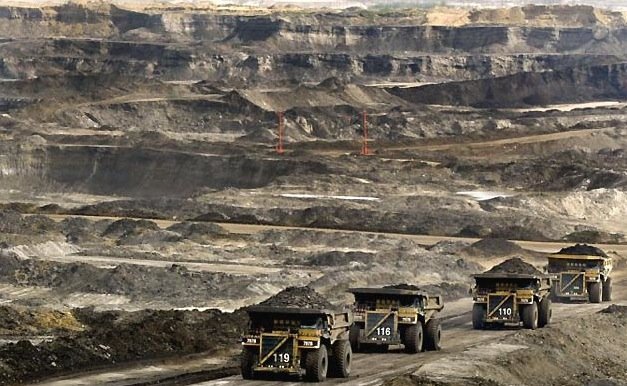An audit of the three federal entities that are supposed to be working to reduce Canada’s greenhouse emissions—Environment Canada, National Resources Canada, and Transport Canada—has found that the federal departments have made “unsatisfactory” progress in each of four areas examined. Timelines for reducing greenhouse emissions have not been met, Environment Canada has no comprehensive approach for achieving national targets, an approach that would include coordinating with the provinces and territories, and these targets will therefore be missed.
“Regulations to reduce emissions have been delayed and good practices have not been consistently followed,” the audit states. Environment Canada does not have a planning process to help it achieve national targets. Departments are not assessing the success of current regulatory measures, and Environment Canada is not coordinating with the provinces and territories.
Overall, we found that federal departments have made unsatisfactory progress in each of the four areas examined. Despite some advances since our 2012 audit, timelines for putting measures in place to reduce greenhouse gas emissions have not been met and departments are not yet able to assess whether measures in place are reducing emissions as expected. We also found that Environment Canada lacks an approach for coordinating actions with the provinces and territories to achieve the national target, and an effective planning process for how the federal government will contribute to achieving the Copenhagen target.
Commissioner of the Environment and Sustainable Development, Mitigating Climate Change
The report calls for a “quantitative description” of what reductions the federal government intends to make by and beyond 2020, as well a “detailed description” of how it plans to achieve these, including timelines.
The audits are published in a report by the Commission of the Environment and Sustainable Development. The commissioner, Julie Gelfand, said that the “sector-by-sector” approach to emissions reduction will not work.
Canada has pledged to reduce emissions by 17 per cent compared to 2005 levels, by 2020. The audit says the government will fall well short of that commitment.
As for monitoring the oil sands, the government’s plans are “unclear” beyond 2015. A Joint Canada-Alberta Implementation Plan for Oil Sands Monitoring was established in 2012. The audit found that between February 2012 and April 2014, Environment Canada had established timelines and budgets for deliverables, but found that further efforts were needed to engage stakeholders, including First Nations and Métis.
Despite having promised emissions regulations for the oil and gas sector as long ago as 2006, the government has not delivered. Since a large portion of Canada’s emissions are created in the oil and gas sector, efforts to meet reduction targets must begin in this sector. The audit found that an emissions reduction committee looking at the sector-by-sector approach had not met in three years. The audit projects that emissions from the oil and gas sector will actually have increased over 2012 levels by the year 2020.

































